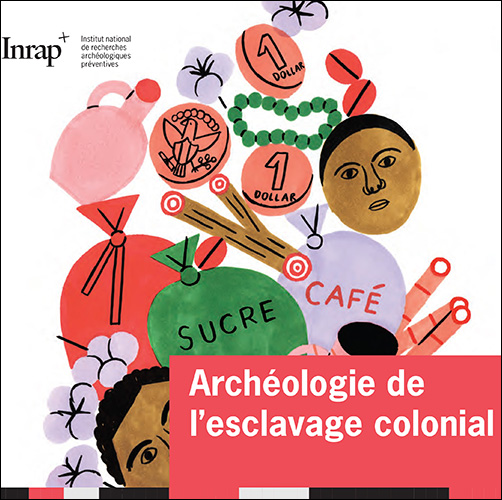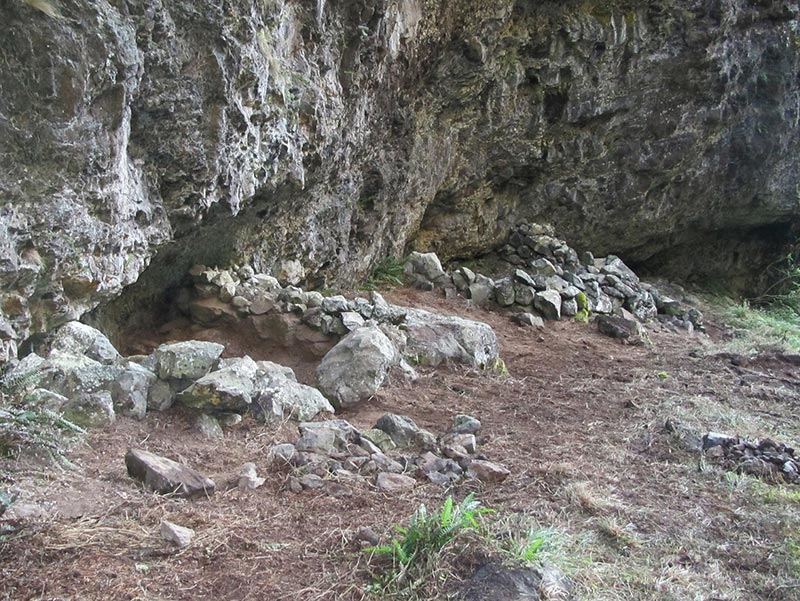The INRAP and the Reunion Department of Cultural Affairs have decided to pool their means and skills with the aim of disseminating the ‘archaeocapsule’ focusing on the archaeology of slavery during colonial period, the common objective being to share and communicate archaeological knowledge and its contribution to history. The exhibition, set up by the INRAP, will be disseminated over the whole of the Reunionese territory by the DAC, the aim being to encourage awareness among the public.

Archaeology now plays an essential role in the history of slavery. From the shores of the Atlantic to those of the Indian Ocean, archaeological digs and research, carried out in the Caribbean, in Guyana, Reunion, Africa and mainland France, have profoundly modified the approach to servitude during the modern and contemporary periods. For the last 30 years or so, the data resulting from preventive archaeology, collected across the sites of future construction developments have turned out to be an exceptional source of information when it comes to studying and documenting the system of slavery, which led to the prosperity and moulded the identity of a large number of our modern societies. Such data contributes new information that is additional to the written sources mainly produced by the State, traders and landowners and which are therefore incomplete, univocal and biased.
Archaeology contributes to all aspects of the history of slavery: the state of health of the populations and living conditions of the slaves, housing and daily life on the estates (mostly sugar estates), domestic manufacture (ceramics, pipes etc.), burial, religious practices and worship. Even resistance and maroonage – runaway slaves settling outside the spaces controlled by the master – are now recorded, thanks to archaeology.

The ‘archaeocapsule’ The archaeology of Colonial slavery presents a selection of eight examples of archaeological finds linked to the topic of slavery, highlighting the relevant challenges facing the society.
The exhibition also integrates three vertical banners: “Did you say archaeology?” “Caution: fragile heritage” and “Archaeological heritage: common property to be conserved”, which have been adapted to the Indian Ocean by the regional archaeological department of the DAC (Reunion Department of Culture) from an exhibition designed by the sub-department of archaeology of the French Ministry of Culture, with the aim of explaining archaeology to the general public.
Read the article “The archaeology of fugitive slaves in Reunion” by Anne-Laure Dijoux